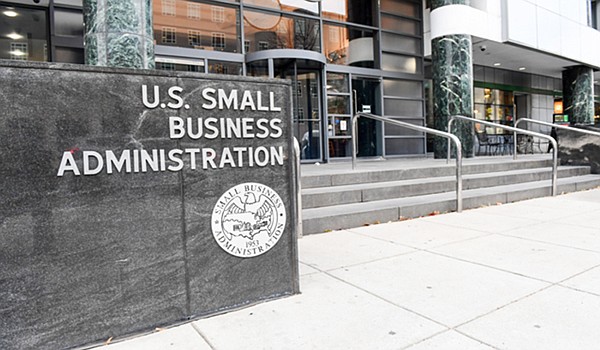FINANCE
Businesses Navigate PPP Loans and Other Disaster Relief Sources
The U.S. Small Business Administration’s Payment Protection Program distributed billions of dollars in loans in the past months to companies with less than 500 employees that were hurt by the COVID-19 economic shutdown. According to Tom Waldman, a shareholder in the law firm of Stradling Yocca Carlson & Rauth, opportunities remain to get SBA loans.
Despite the hassles and the flawed rollout of the loan program, in addition to the criticisms of the SBA distributing loans to big businesses, Waldman said that the benefits of these loans outweigh the problems.
“They’re better than bank interest rates,” Waldman said. Businesses can apply to have loans forgiven. If businesses can prove to the SBA that its loans were spent in an eight-week period on expenses such as payroll, utilities, rent or a mortgage, companies do not have to pay back the PPP loan. However, applying for loan forgiveness is onerous.
“The loan-forgiveness form is quite complicated,” Waldman said. “It is 11 pages. It looks like a tax return in terms of details that you need to provide.”
Businesses asking for loan forgiveness have to prove how many employees continued working at their facilities, and they also must show the other areas where they spent the loan money.
Waldman recommended looking for new PPP loans at smaller banks that may have not been overwhelmed by applications in the last couple of months. Waldman said that there is no near-term deadline to apply for these loans as Congress will likely not review the program until October.
The SBA’s PPP program is intended for small businesses. Larger operations plus small businesses can apply for the Main Street Lending Program supported by the U.S. Federal Reserve.
Main Street Lending Program loans could be used for payroll, similar to the PPP options. They can also be used for such things as moving costs and buying inventory. They cannot be used for compensating shareholders.
SBA loans and programs from the federal government are not the only game in town for seeking disaster relief and crisis support. Local governments also offer assistance programs.
The PACE Business Development Center, headquartered in Los Angeles’ Pico-Union district, has been advising its clients on SBA loans and other programs through this crisis, said Daniel Ing, the group’s marketing manager.
The City of Los Angeles has offered a small-business emergency-relief micro-loan program in which Los Angeles businesses can apply for loans that range from $5,000 to $20,000. Borrowers must pay back loans in 18 months to five years.
Some districts in the County of Los Angeles also offer assistance programs. There is a loan program for L.A. County’s District 1, where loans are offered to encourage development for unincorporated areas around cities in that district such as Bell, Commerce and Cudahy.
The Economic Development Agency, which is a division of the U.S. Department of Commerce, offers a loan program for building a business around economically disadvantaged areas in South Los Angeles and the southeastern cities of Los Angeles County such as East Los Angeles, Montebello and Monterey Park. PACE serves as an SBA micro-loan lender and an SBA community advantage lender. Some of these loans can help with needs such as buying inventory, debt refinancing and building working capital. Many of these loans are reserved for minority-owned businesses.
PACE counselors can help determine what loan programs could serve a business best, though businesses also must be proactive in sourcing aid, Ing said.
“You can’t wait [until] the point that you are so desperate that it is a challenge,” Ing said of searching for loans and aid. Businesses must be prepared to demonstrate that they qualify for specific loan programs.
“Businesses must be prepared for the application process because that takes time,” he explained. “It helps to have your finances in order and know how much you need and what you need it for. It’s a race against time while you wait for funding to be approved and for the funds to show up in your bank account.”
Major businesses and utilities also offer grant programs. Communications and technology company Verizon has funded a Verizon Small Business Recovery Fund. On April 30, it announced a round of grants that has a total of $2.5 million to help small businesses meet payroll, pay rent and help with operational needs, according to Rose Stuckey Kirk, Verizon’s chief corporate social-responsibility officer.
“Verizon recognizes how valuable small businesses are and that the economic stability of our communities is based on their success,” she said in a statement. “It’s critical that we lean in and support these businesses so they can continue to sustain themselves during this unprecedented time of need.”






















